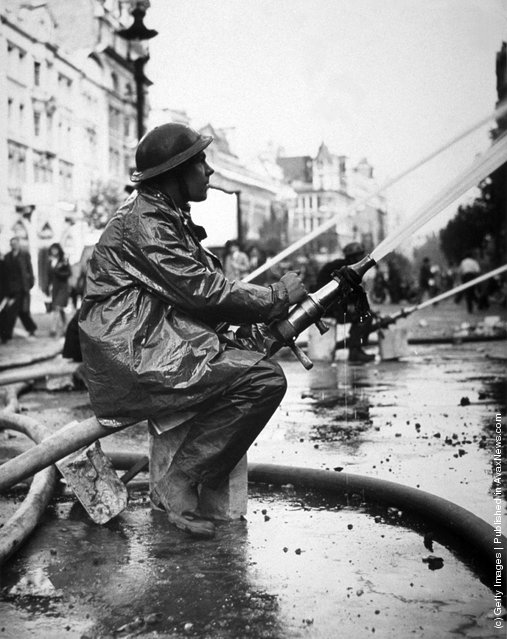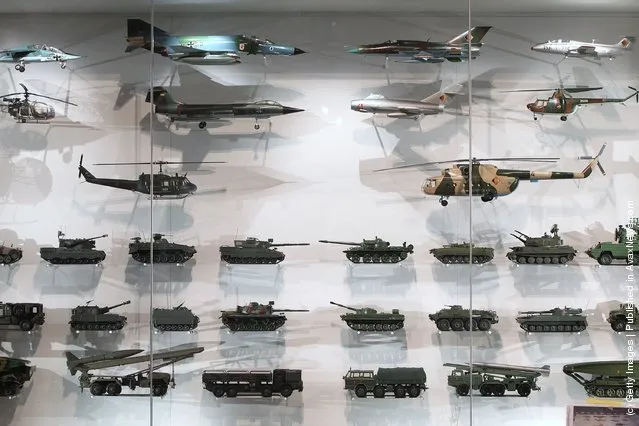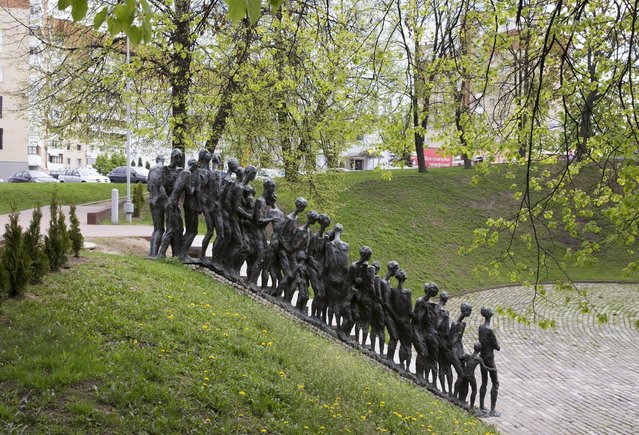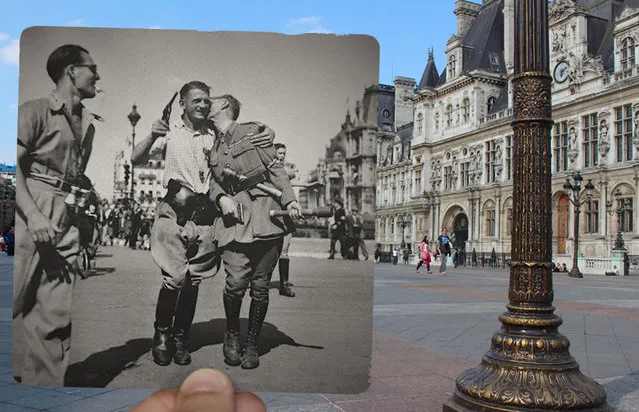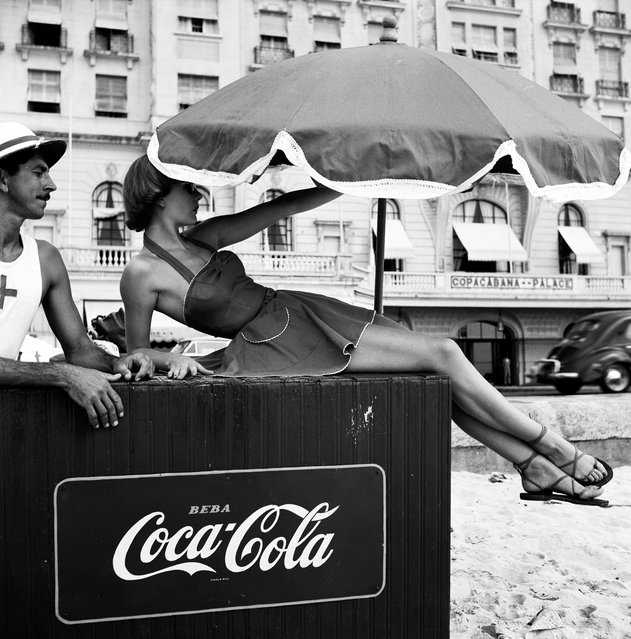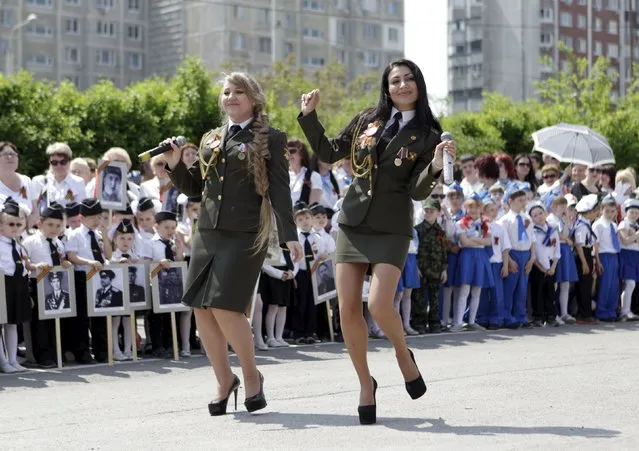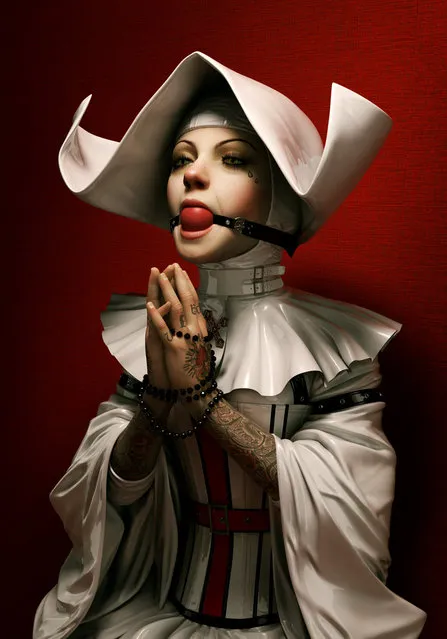
One glance at the 3D models created by Rebeca Puebla is enough to realize that this artist has a soft spot for BDSM. The finely detailed model of a nun with heavily tattooed hands and a ball gag in her mouth or an Asian woman in a latex suit of a horse leave no doubt about it. At first, Rebeca Puebla has started out as a traditional illustrator. However, in later years she became a 3D character artist for films, TV, and video games. Though she has many regular-looking 3D models and illustrations, many of her works are quite controversial featuring 3D models of ladies in latex suits or wearing Nazi uniforms. (Photo by Rebeca Puebla)
26 Oct 2014 12:09:00,post received
0 comments

